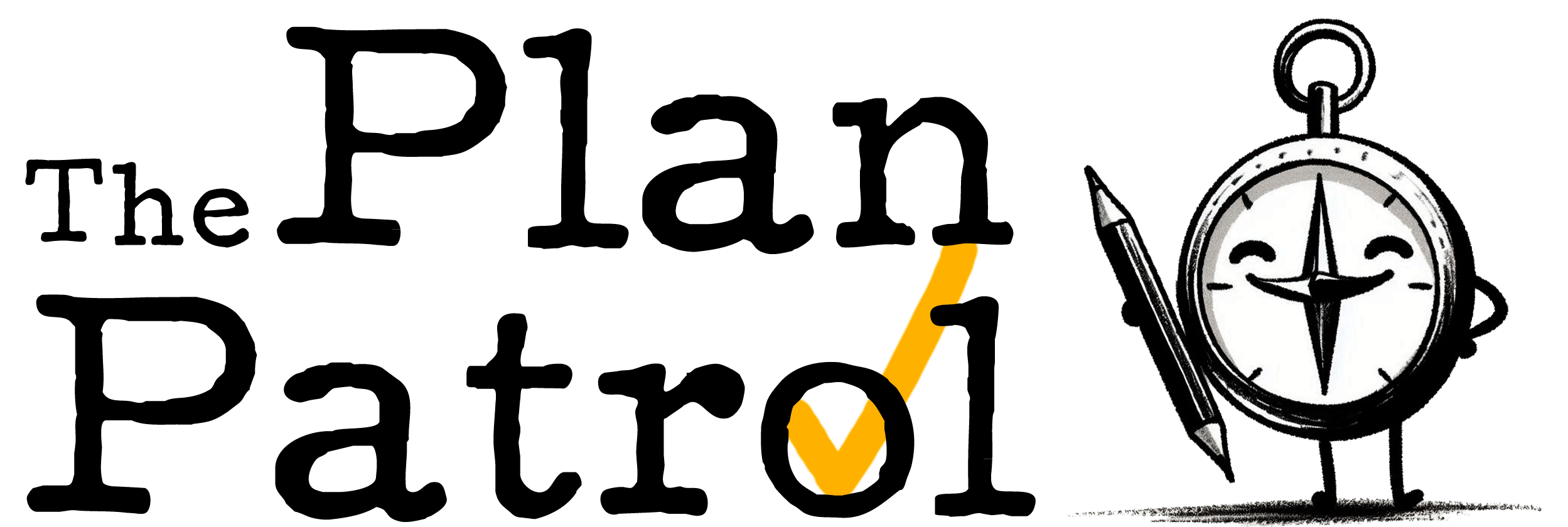Life is basically juggling flaming swords while riding a unicycle—so yeah, prioritizing matters. The RICE technique is like having Gandalf as your personal project manager: wise, practical, and occasionally yelling “YOU SHALL NOT PASS” at your bad ideas. In this guide, we’ll unpack RICE, show you how it works in real life, and help you stop wasting time on side quests that don’t matter.
The Origin of the RICE Technique 🤔
RICE was invented by Sean Ellis, a startup guru who probably drinks more coffee than Lorelai Gilmore. Originally, it was built for tech companies to figure out which product features deserved attention. But like most good ideas, it escaped the corporate lab and became a life tool—useful whether you’re managing a team, a kitchen, or just your sanity.
What the RICE Technique Entails 📝
Here are the points to evaluate when applying this technique to daily life:
Reach 🎯
Ask: how many people will feel the effects of this? Throwing a party for 30 friends = high reach. Spending three hours perfectly labeling your sock drawer = low reach (unless you’re Monica Geller, then it’s life-changing). Reach helps you see if your effort is actually moving the needle or just making you feel busy.
Impact 🚀
This is the “how much will this matter?” factor. Starting a daily workout habit could change your energy levels like Bilbo discovering the Ring—suddenly, you’re unstoppable. On the other hand, reorganizing your Funko Pop collection by movie release date? Fun, yes. Life-changing, no.
Confidence 🌟
Are you sure this thing will work, or are you just Ted Mosby declaring “she’s the one” for the 37th time? Confidence is about gut + evidence. High confidence = safe bet. Low confidence = maybe don’t bet your whole weekend on it.
Effort ⏳
How much blood, sweat, and caffeine does this task demand? A project that takes weeks better have major impact, otherwise you’re basically Frodo carrying the Ring for nothing. Sometimes the smallest effort with medium reach is the smartest win.
Benefits of the RICE Technique
Smarter decisions
RICE gives you a filter so you don’t chase random ideas like a dog chasing squirrels. It forces you to weigh effort vs reward before diving in.
Energy-saving magic
You stop burning out on projects that won’t move your life forward. It’s like having Hermione Granger cast a protection spell on your calendar.
Fact-based choices
Instead of “this feels right,” you have a framework. It’s basically data-driven adulting, minus the boring spreadsheets (unless you love spreadsheets, then congrats—you’re already winning).
Everyday Examples
Organizing a dinner at home 🍝
Reach: how many guests?
Impact: will this dinner actually strengthen friendships or just end with awkward Monopoly fights?
Confidence: how sure are you that your lasagna won’t collapse like a Jenga tower?
Effort: how many hours (and bottles of wine) will it cost you?
Choosing a new hobby 🎨
Reach: will it connect you with new people?
Impact: will it make you happy or just add another guilt-ridden half-finished project to your closet?
Confidence: do you actually believe you’ll stick with it?
Effort: how much time, money, and patience does it demand?
Conclusión
The RICE technique isn’t just for tech bros in hoodies—it’s for anyone who wants to stop drowning in “urgent but useless” tasks. It helps you decide what’s worth your brainpower and what can be banished to the land of forgotten to-dos.
Think of RICE as your sorting hat for decisions. It tells you what belongs in Gryffindor (bold and impactful) and what belongs in Slytherin (sneaky time-wasters you should avoid) – sorry slytherins. Once you use it, you’ll wonder how you ever lived without it.
✨🦄 El rincón del Bot Unicornio 🦄✨
Hi sparkly soul! 🌸✨ Imagine making decisions by drawing tarot cards, but instead of ‘Death’ and ‘The Fool,’ you’ve got Reach, Impact, Confidence, and Effort. ✨🔮 Super mystical, super logical. Add glitter pens if you want to make your RICE chart extra aesthetic. Just don’t forget: efficiency is the new black.

